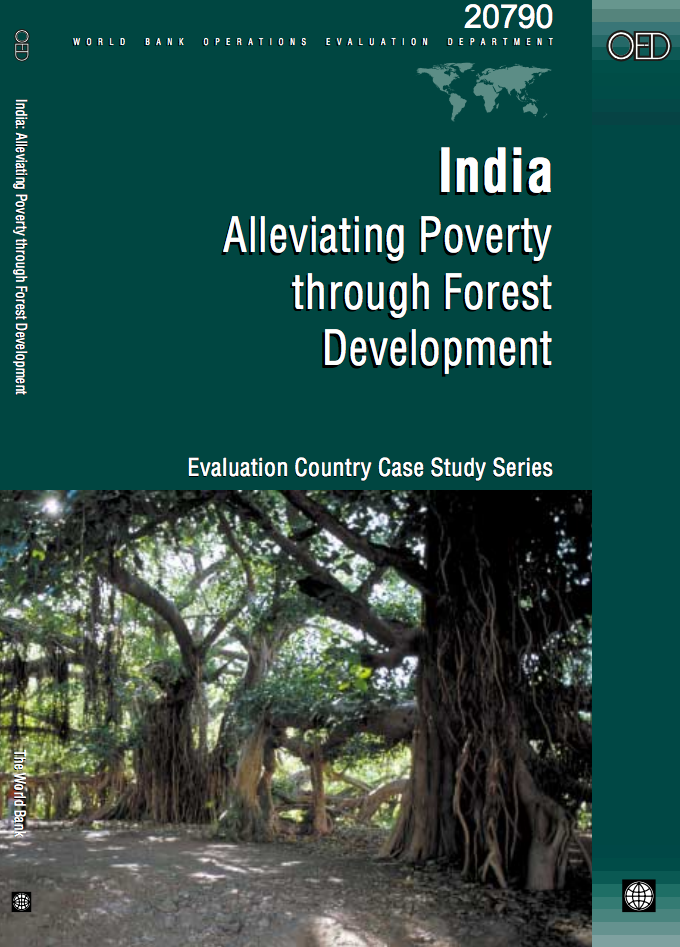Natural Resources Governance : Way Forward Action Plan
A 2003 World Bank study, "Governance of Natural Resources in the Philippines," analyzed natural resources management and governance in the Philippines. It assessed sector policies, particularly property rights, institutions, and financing mechanisms as well as program implementation.


